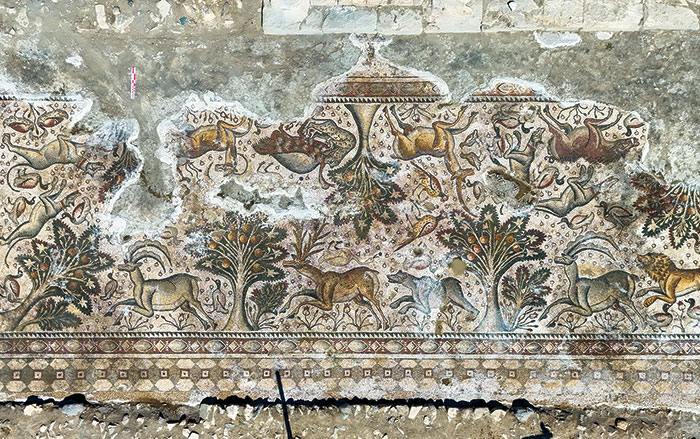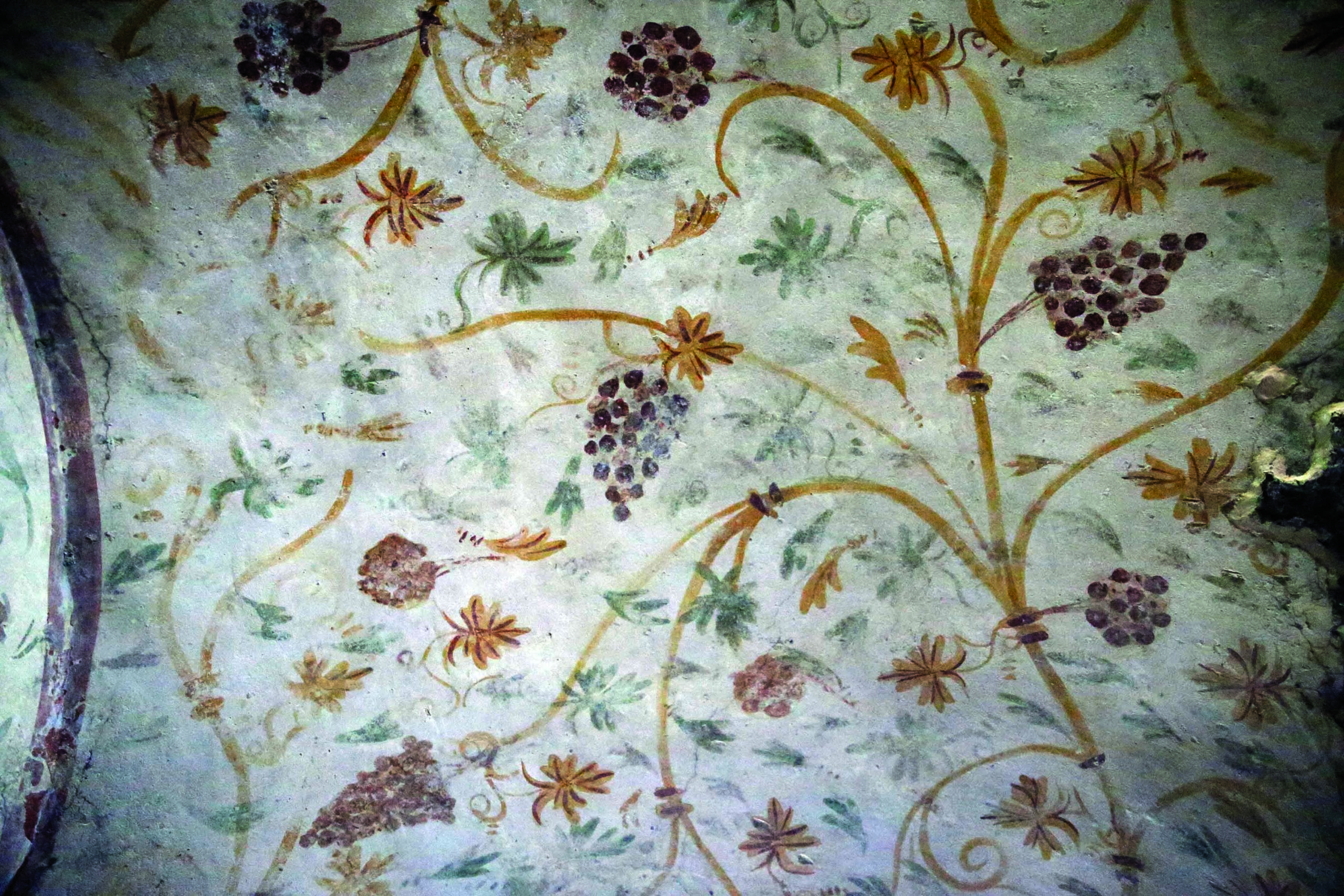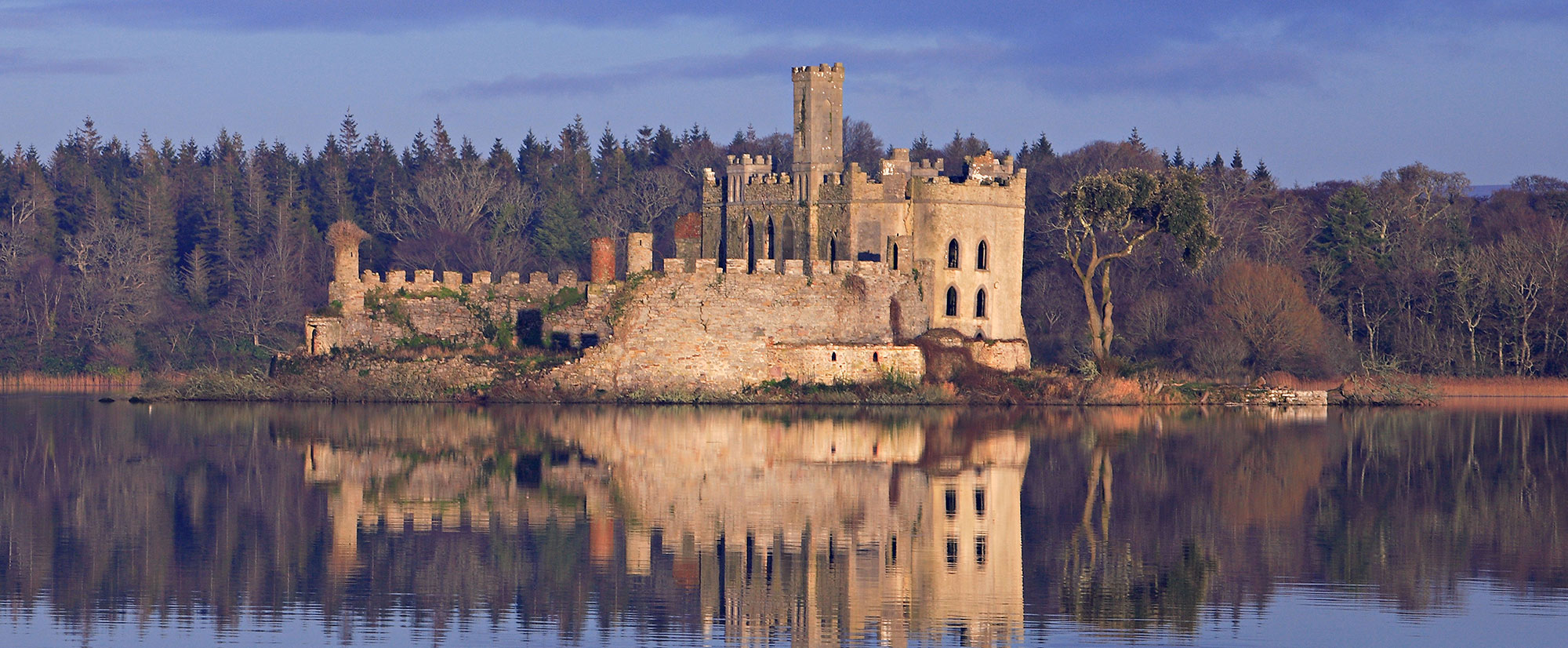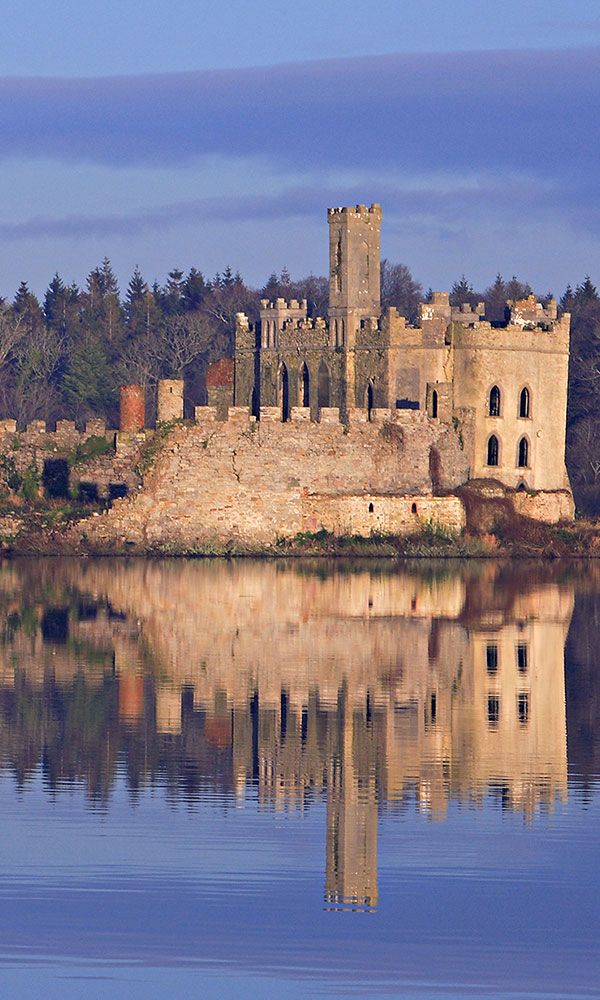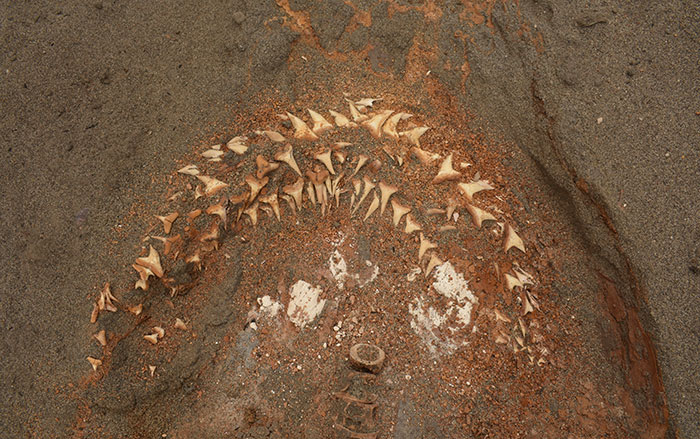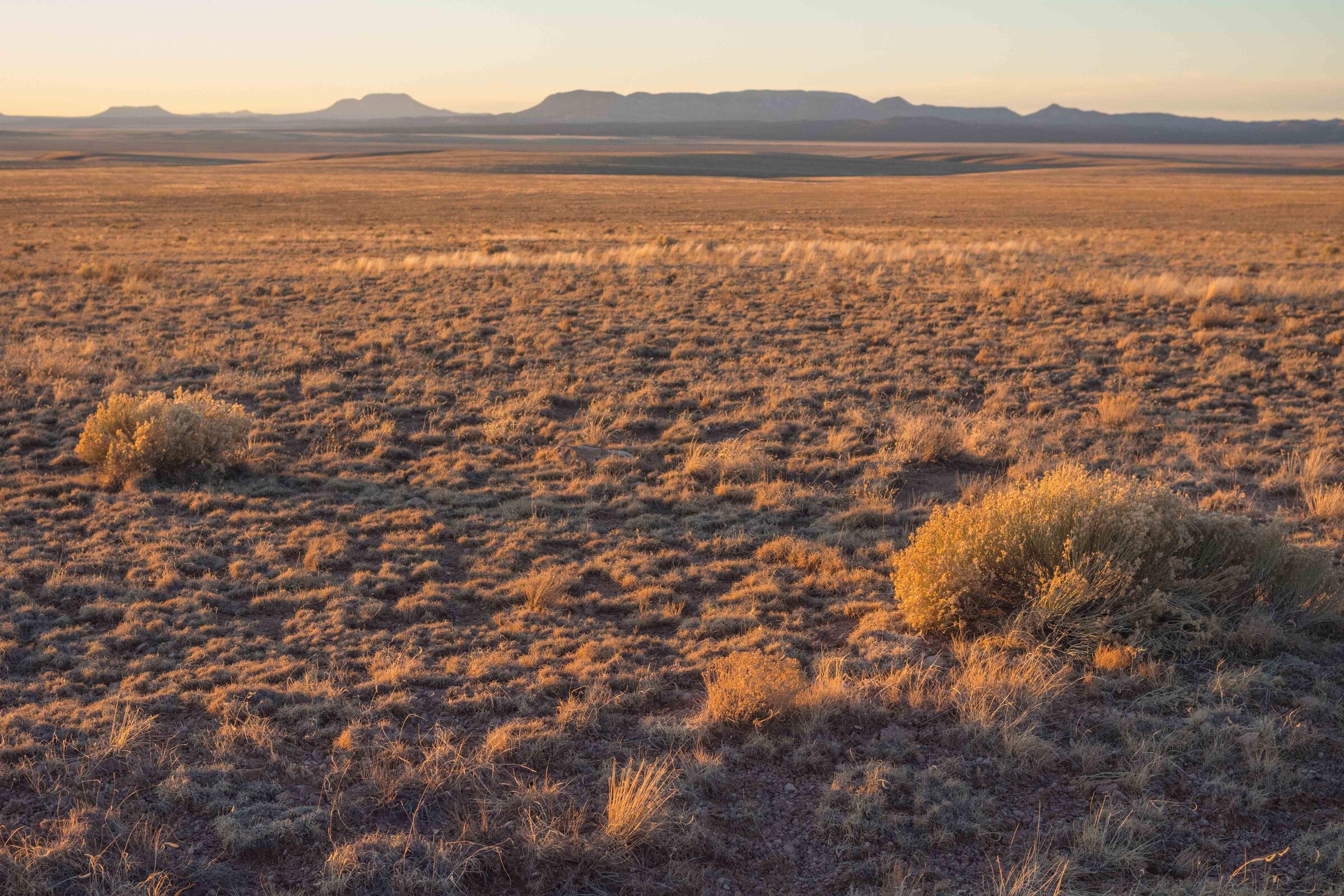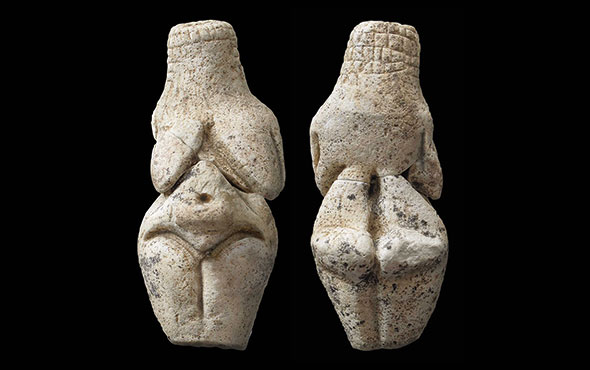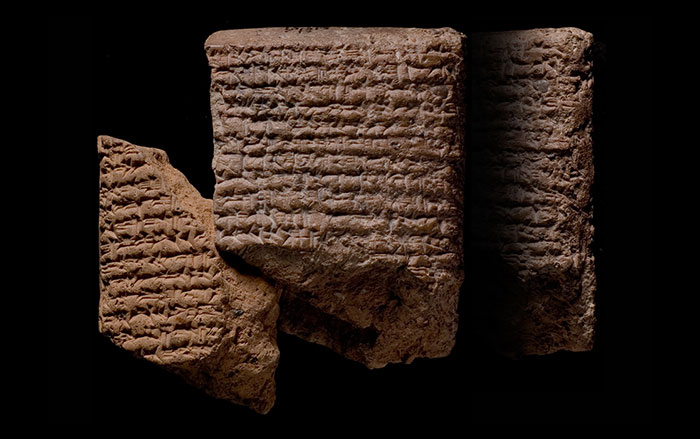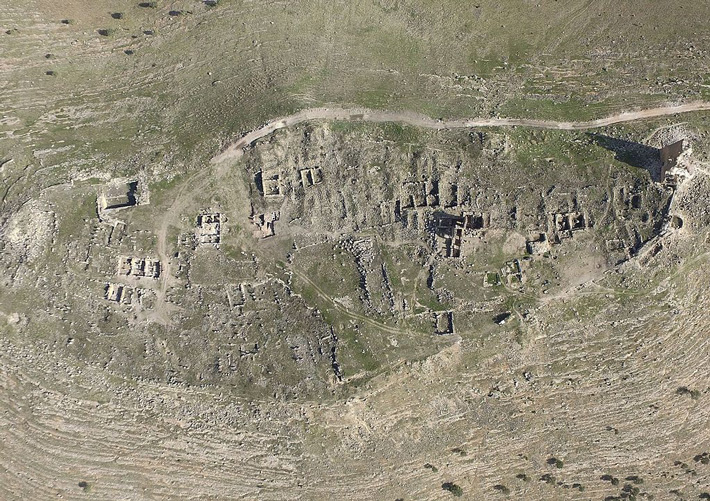
DIYARBAKIR, TURKEY—The Anadolu Agency reports that southeastern Turkey’s Zerzevan Castle may be named to the UNESCO World Heritage List. The fortress was built by the Romans on a hilltop on the eastern edge of their empire in the fourth century A.D. Aytac Coskun of Dicle University said the walls of the ruined garrison stand 49 feet tall and run for almost 4,000 feet. The complex included watchtowers, a church, administrative buildings, places to store weapons and grain, shelters, graves, and rock-cut tombs. A temple dedicated to the god Mithras, and other underground structures have also been discovered at the site. The castle is thought to have remained in use until the arrival of Arab invaders in the seventh century. To read about the oldest known polychrome floor mosaic, which was recently uncovered at a Hittite settlement in central Turkey, go to "Polychrome Patchwork."



